“… he only knows what he isn’t”: the Pomeranians in an identity crisis at the center of Trifox are the subject of our review today
Paraphrasing the animated film Balto seemed to us the best way to open the review with everything you need to know to describe Trifox. We don’t want to appear immediately caustic about it, on the contrary: what the game is supposed to do, it also does it well. If we really have to put in a pinch of misplaced cynicism, we can adjust the shot: we are dealing with an indie that rather than not knowing who it is, places itself with certainty and self-awareness towards an audience with strangely specific needs. We never wondered who might want to combine elements of platformingflakes of action adventurea grain of roguelike (among many quotation marks) ei twin-stick shooter as a condiment. Until today.
Be that as it may, at the end result we have to acknowledge that it is at least a curious hybrid. His identity can be derivative and the sum of its parts all we want, but this little adventure has one. We will talk later about the overall impressions this title gave us, but let’s start with a preamble: there are two types of reverential indies. There are those who obviously draw inspiration from certain classics, and others who elevate it in such a way as to highlight their passion. In the second case, what is obtained is a love letter to the aforementioned muses. Which category will the game belong to?
Fox with laziness, fox without cunning – Trifox review
As a living homage to everything the developers at Glowfish Interactive loved in their formative days as gamers, the plot by Trifox leaves the time it finds and opts instead for minimalism. The fox whose reins we take lives placidly as a hermit and spends his time watching TV. As soon as the hustle and bustle outside distracts him, his device is also knocked out together with him. Pushing him to leave his home is a very noble reason: the disappearance of the remote control. With these premises, he actually begins the tutorial.
We take this opportunity to say that the game is not localized in Italian. The Anglophones among you will not pose the problem, and in part not even the faithful of Dante’s language. The narrative pretext, because we also speak of a pretext for the rest of the adventure, is based on the pantomime and on the dialogue expressed through awkward grumbling. The downside, however, lies in the instructions. We’ll briefly review the gameplay elements present in the game, but in general, exploration and combat involve (although not initially) pressing every button. And, inevitably, there are players who will leave the tutorial with more questions than answers.
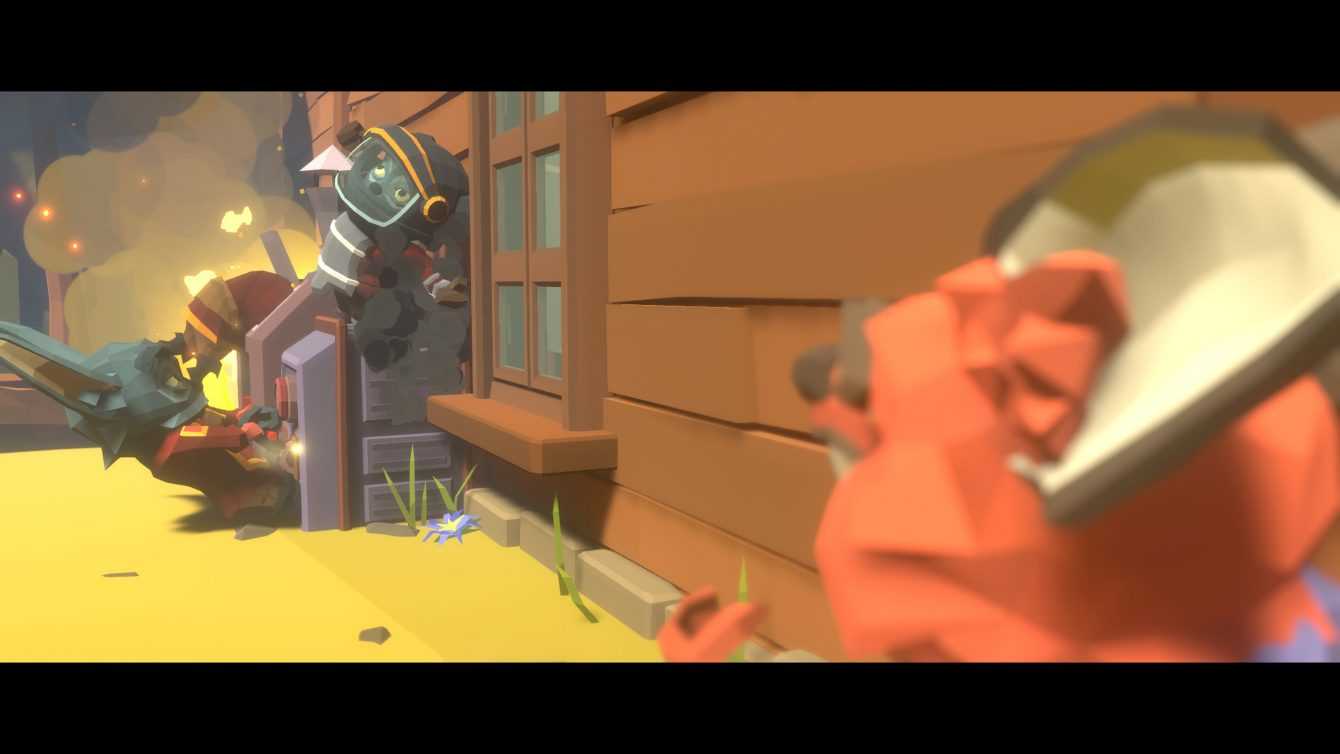
Cash Banooca – Trifox Review
Turning to gameplay, the Trifox tutorial (language aside) puts all the relevant notions on the table: in our desire to dissect the game as much as possible for an in-depth review, we set ourselves the goal of mastering our skills to the fullest. And for the most part, we’d say we’ve succeeded. Again, for “undecided” game design reasons, two souls coexist in the game: that of an immediate and accessible title, and that of a more difficult adventure, which requires a minimum of mastery from us. Though we quickly took it back, however, there was a moment early in the game where we let out an “oh, no.”
The adventure asks us almost immediately what is our “class”: luckily it is nothing as irreversible as in a random Dark Souls, but after having become familiar with the semi-platformer commands we certainly did not expect a “Bulbasaur-Charmander-Squirtle moment”. Based on the class you choose, we have more options for the aircraft movement. Again, once the tutorial is finished, the main hub allows us to retrace our steps with the upgrade salon, but until then we closed the level with a little bitterness in our mouths. To then sweeten it all by remembering Crash Bandicoot 2: Cortex Strikes Back in seeing a furbaby who sets off on an adventure due to an electronic mistake.
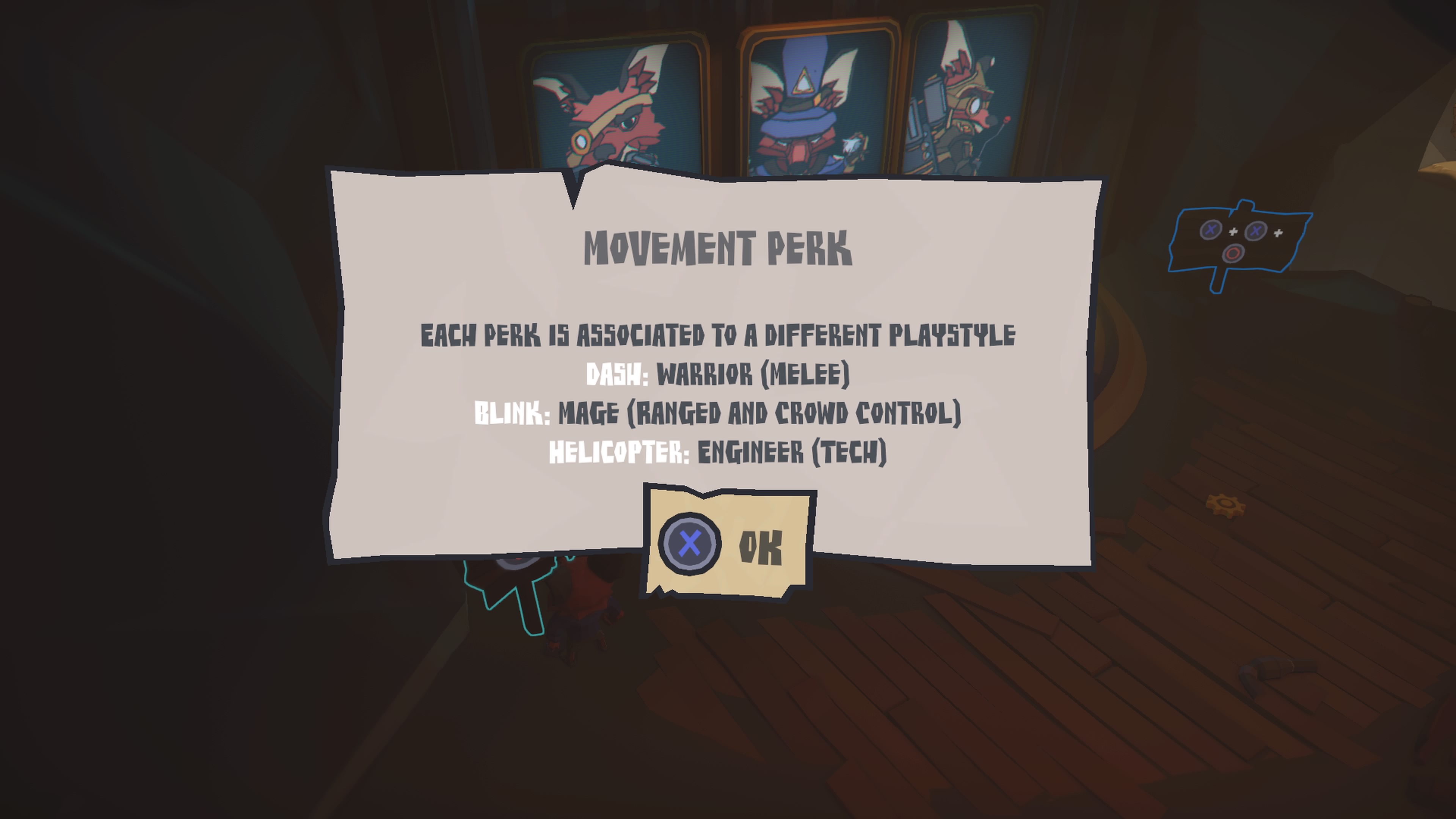
The destructive peramelis 3: warped – Trifox review
The parallels with Crash continue in the cave from which we first choose the world to play and then the level: we are even asked, as in the third chapter of the ex-Naughty Dog saga, to stop on a button to open the way to the various levels. Of course, this operational base also helps us, as we specified above, to decide how to spend the coins obtained in the various levels. On the basis of the (fortunately interchangeable) “class”, in fact, we can obtain different options of aerial movement and as many skill trees with relative bindings to be associated with the various back buttons.
We give you the freedom to pick on yours truly if you like, but the latter tends to dislike using the various triggers to perform basic actions. Leaving aside the wear and tear to which it exposes them (the prevention of which simply lies in the front buttons, but we suppose it is debatable), unless you are really used to prefer them to the good old triangle, square, circle and cross we do not find them particularly practical. Back to us, as the game progresses, the offensive (and defensive) options available to the player increase, allowing you to find the combination (or, in Soulsian terms, the build) that most appeals to the public. We appreciate it.
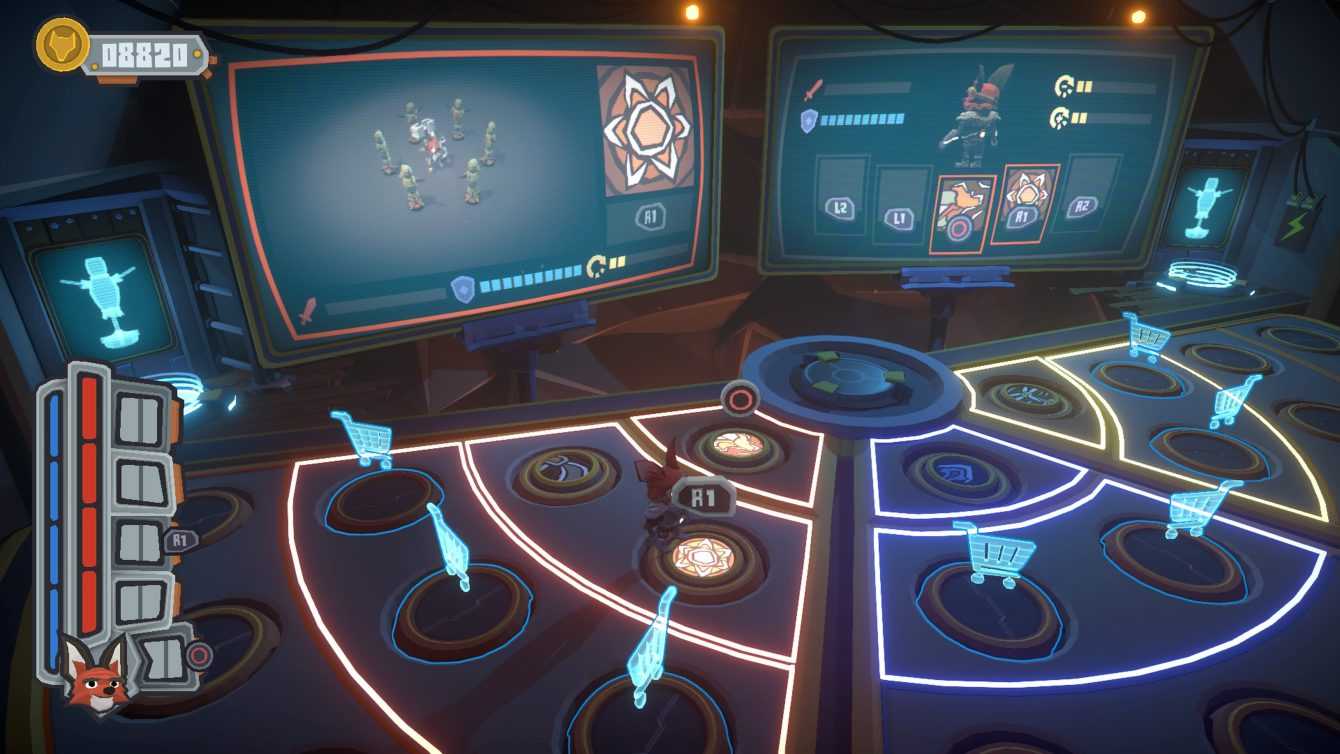
Three Forces Fox – Trifox Review
Usually, if it’s not His Majesty Kirby, platformers tend to send their gameplay flow completely in the cow the moment they implement the combat. In defense of Trifox, however, the level design knows more of Zelda dungeons with occasional corridors à la Crash to interconnect them, rather than pure and hard platformer. This also means that the exploration goes from overcoming ditches with the necessary jumps to solving puzzles suddenly enough to give us a serious whiplash. Whipped, but not frustrated. Or rather, not always.
The association of foxes and dungeons would in theory lead to think of the brilliant Tunic, if only it weren’t for a conveyance of messages to the player capable of overcoming language barriers in a way that Trifox can only dream of. That, plus the occasional drop in framerate. The writer, as a nintendaro as he is, usually considers the framerate a minor trifle, until he intrudes into the gameplay. Unfortunately, however, a half-second freeze in the middle of a jump can ruin the experience as much as the lag in the last three minutes of a game of Fortnite. Yep, we just did a Fortnite comparison.
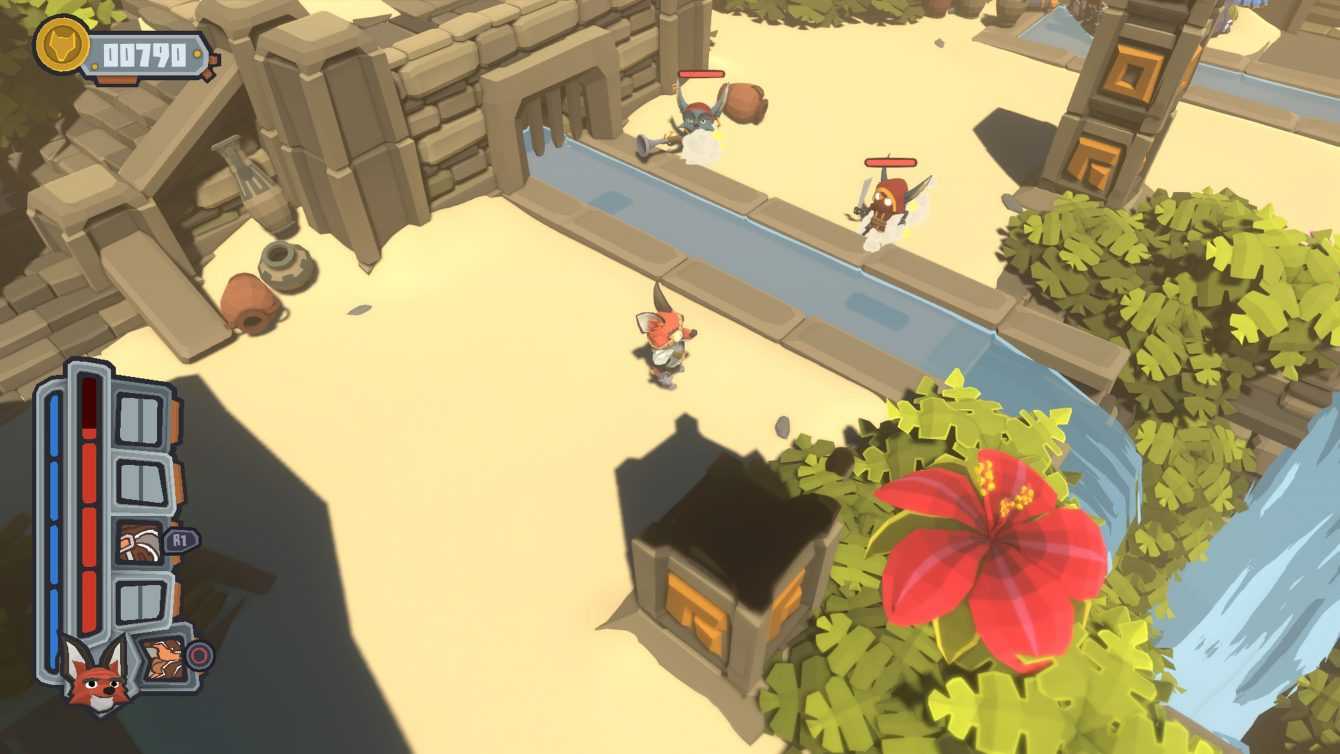
Pimpami the difficulty – Trifox review
It must be said that at the beginning of the game we are offered a more than generous range of options, starting from the difficulty (adjustable at will with the three classic levels) and passing through other parameters. This, also considering the (not many) possibilities for healing, the tendency of the fights to intrude on the puzzles (in their turn intruders in a platformer… more or less) and the aforementioned betrayals of the framerate, tends to soften a lot a mosaic so far not of the more flattering. Which is a real shame, because in his little big identity crisis, Trifox does his job worthily.
Unlockable skills also come to our rescue when gameplay ideas play roulette once again with basic game design. There are hybrid phases between shoot-em-up and rail shooter in which we have to shoot from a mobile turret on the rails, for example. Clearly, the unlockable skills also give the title a certain flavor from Role playing game, which fails when action-adventure conventions require us to heal ourselves only when we find the right potions in the level we are exploring. In other words, the options are there, but perhaps they serve more to survive in the chaos of conflicting ideas than to actually understand something.
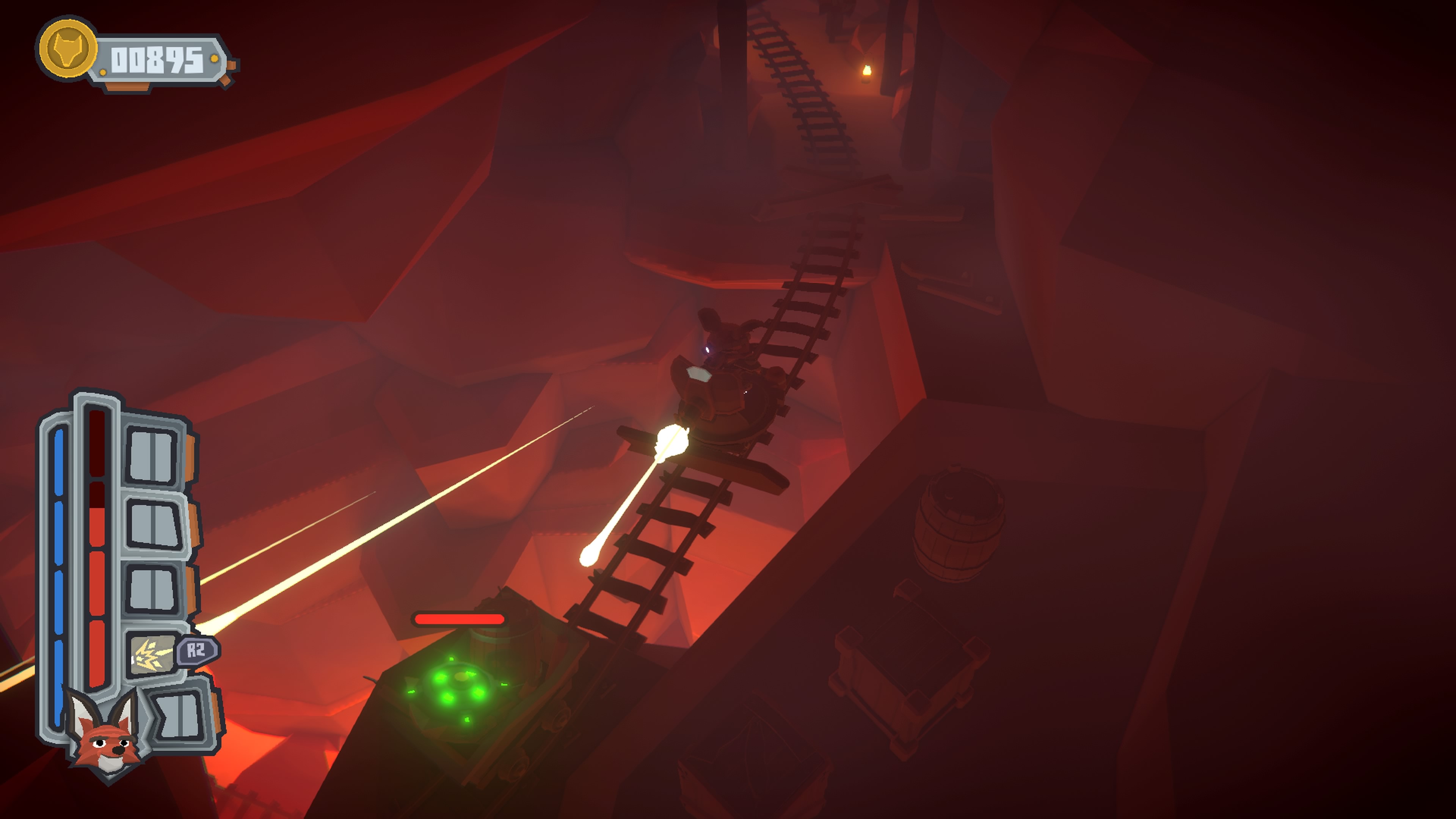
Chess Clash with the Boss – Trifox Review
Il progress in the game, speaking of settings and the difficulty curve in general, it brings Trifox’s crazed compass needle back to the platformer. If the hub looks like a hybrid between the caves of Crash Bandicoot 2 and the keyboards of the sequel, the worlds adhere to a much more typically “mariesca” thematic division (or, to stay on the furry theme, they refer to Crash Bandicoot 4). For example, if the first scenario takes up the island atmosphere of the tutorial, in the second one we go to a mine in the arid desert. And, after the first three levels of each setting, the key bearing a skull instead of a number doesn’t leave much room for imagination.
There are mini-bosses in the middle (and/or at the end) of almost every level, but i boss they certainly don’t refer to the “beat it until it collapses” typical of their subordinates. Closing accounts with a world asks us first to pass this final exam, passing the admission test in which access to the arena is blocked by the same mechanics on which the entire clash is based. Making a boss vulnerable to our attacks essentially consists of a heart-pounding puzzle, in which we juggle the various threats while trying to break down the bad guy’s defenses with cunning. In other words, it is the same mix of puzzles and battles seen in the levels, but better contextualized and executed.
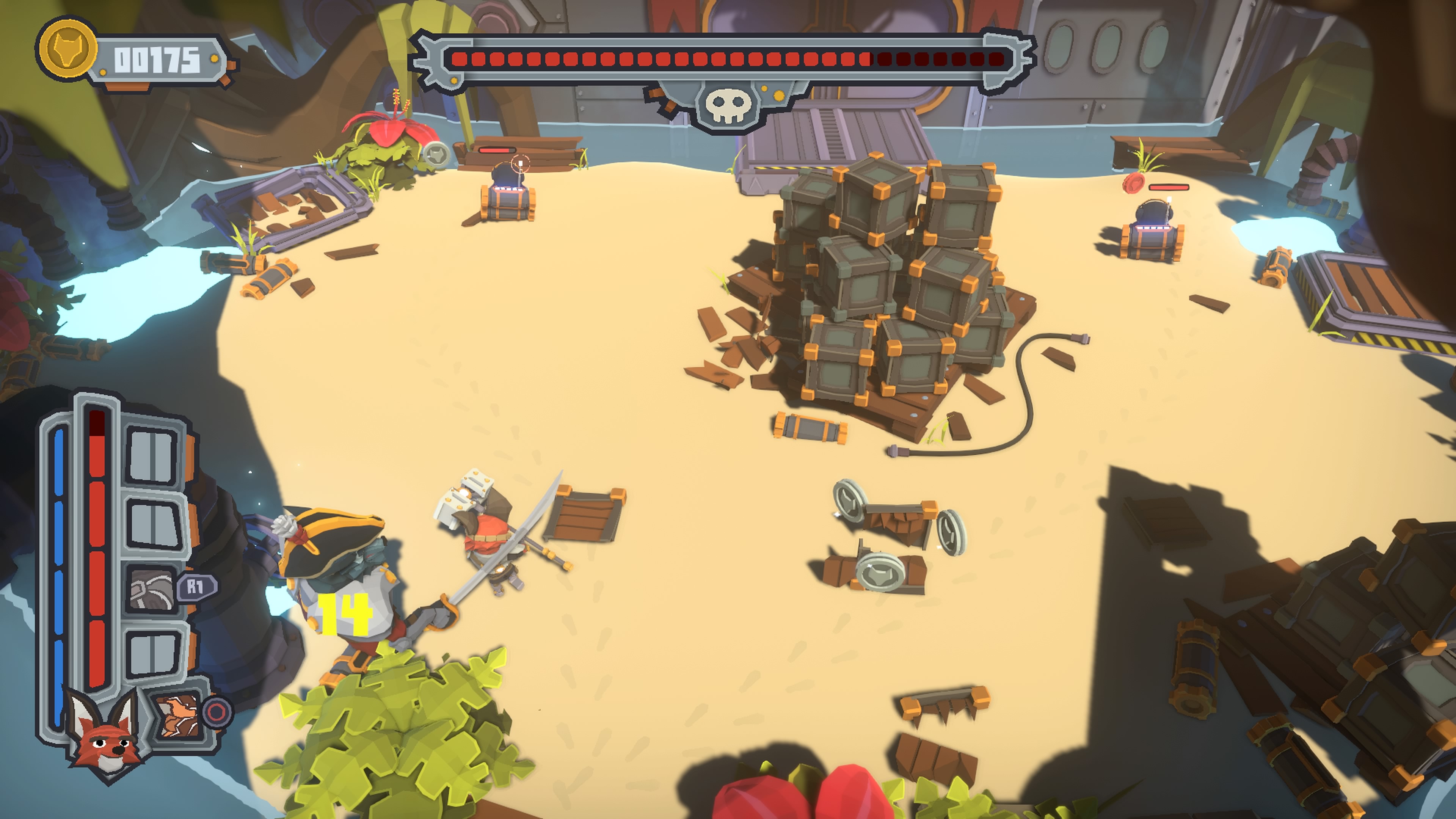
Labyrinthitis – Review Trifox
The replayability it all depends a lot on your sense of direction. There is no shortage of pretexts to revisit an already completed area: for one thing, there are no lives but a count of our defeats is present (and tangible). Passing a level without perishing in battle is rewarded, and the same goes for our ability to find the various prisms present in the different stages. Unfortunately, when the Zeldian influence takes over, getting lost becomes very easy: most of the time the level design simply asks us to make a road and repeat it backwards with various traps, but sometimes the roads to keep in mind become a bit too many.
The excess of zeal, however commendable the second is compared to the first, translates into a continuous “but have I already passed this way?”, repeated each time with more sighs than the previous one. Of course subsequent visits “in hindsight” go in tandem with unlocked skills as the player’s in-game cash increases. The satisfaction of being able to overcome a previously insurmountable obstacle does not always come, especially when we suddenly notice that those two or three missing prisms would also have been obtainable at the first entry into the level. While far from the typical “hard to much” indie, this is a game that must be taken with philosophy.
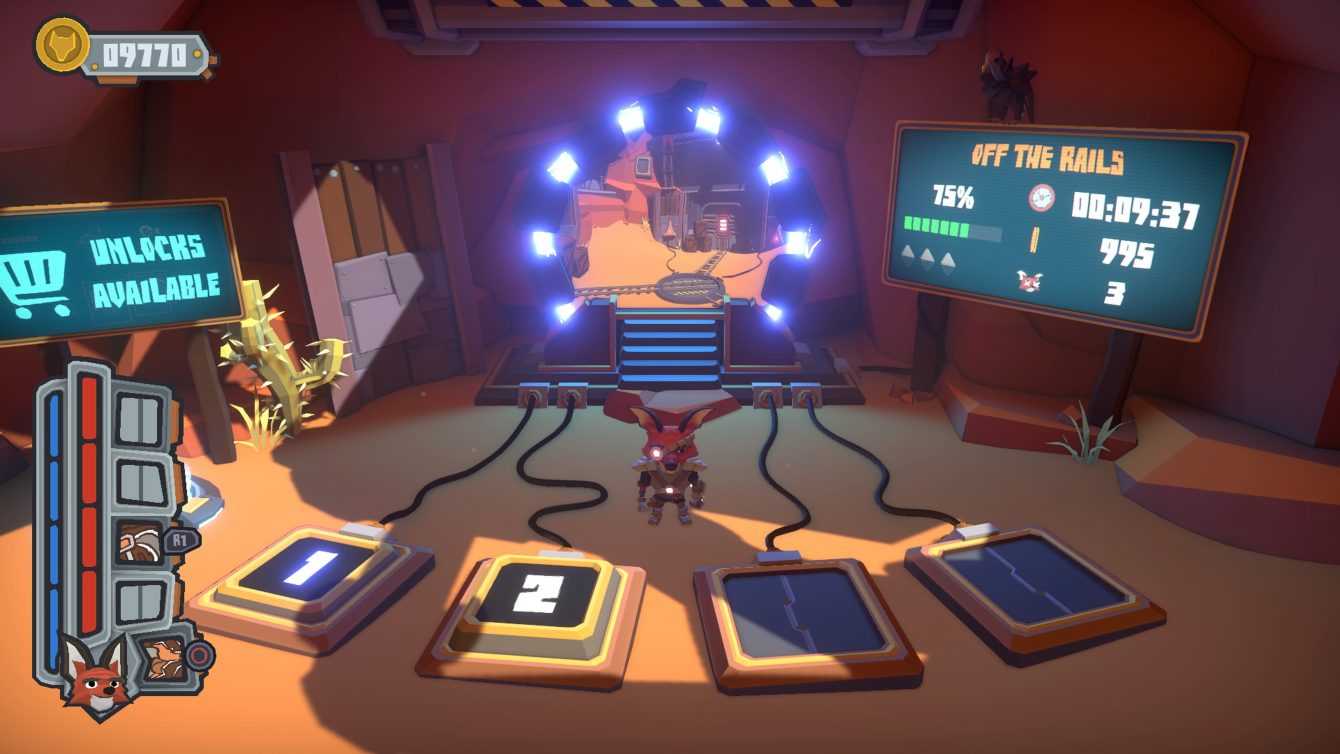
Bread and fox, in the morning – Trifox review
How philosophically are we going to take game performance, though? The graphic style it is, like experience itself, somewhat the sum of its parts. The idea of a “plasticky” appearance but at the same time benefiting from cartoonish lighting is something never seen before…















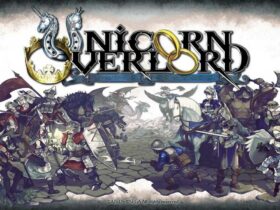
Leave a Reply
View Comments